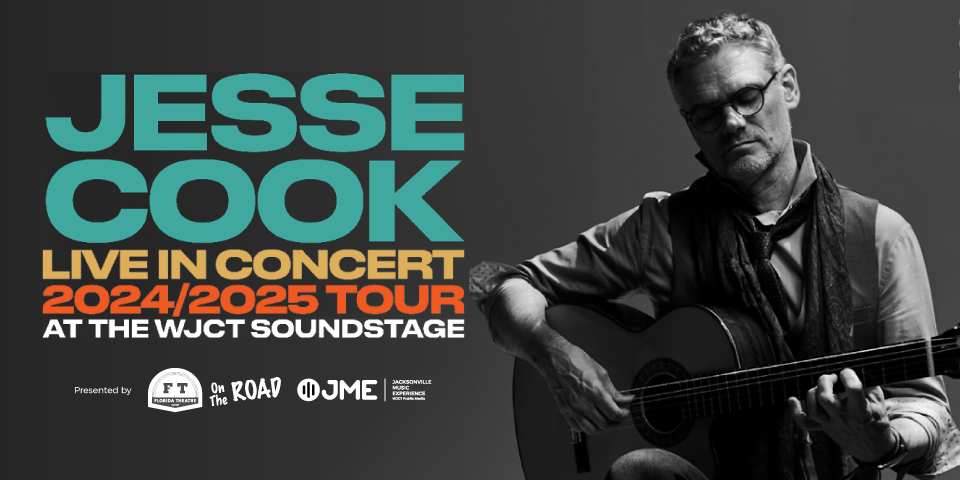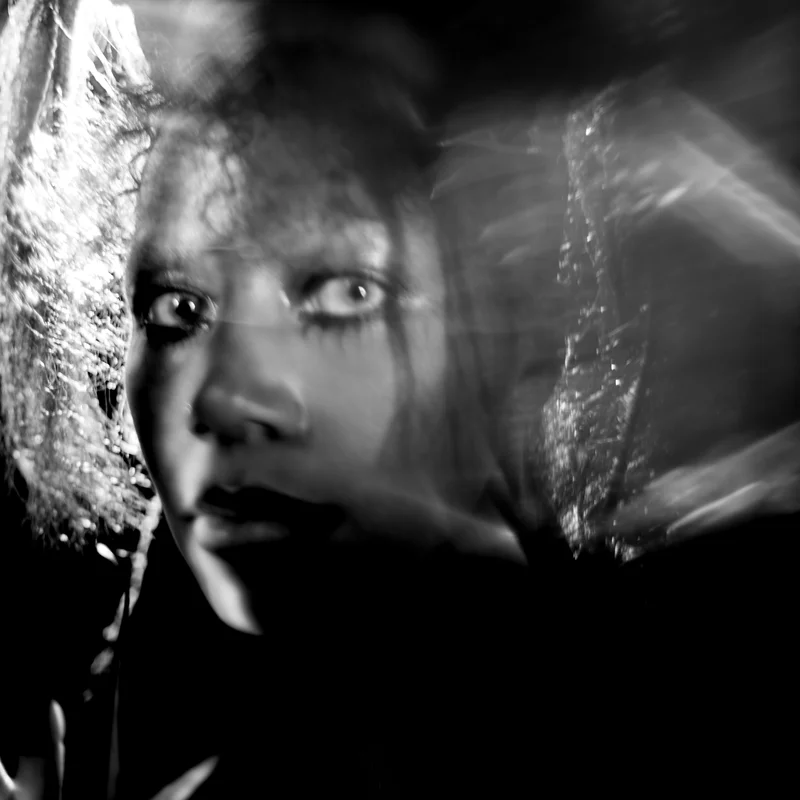
As frequently as music fans tend to point to the early 2000s as the dawn of our digital enlightenment, consider the ways those first few years online now feel like the dark ages. Bound by terrestrial radio formats, genres still mostly dared not mix on air — and when they did, a song that perfectly blended hip-hop and R&B might face waves of resistance outside of “rhythmic” radio, while clumsy rap-rock sailed through to pop dominance. Entertainment companies launched piracy lawsuits against individuals who downloaded music — including, memorably, a 12-year-old — and spent the next decade-plus trying to catch up to the internet’s potential. Independent labels flourished where they could, but lacked the infrastructure to support musicians at even a fraction of the level of the majors, which meant curious listeners were left to scour record stores and mail-order catalogs, and sometimes you wound up hating that album you’d purchased on faith from your favorite indie. Hip-hop had completed its ascent to the most influential youth culture around the globe, and yet Black artists were paradoxically expected by the industry to perform within strict expectations of floss and gloss.
It arguably took until the mid- and late 2000s, the golden age of music blogging, before the cracks in the dam could be seen with the naked eye. MP3 blogs complemented what curious listeners were already gleaning from Limewire’s mishmash of poorly labeled contraband; by their powers combined, all sorts of music that had once required tiresome detective work to discover began landing on our eMac screens, as if by magic. The specter of poptimism was on the horizon, a critically important moment that challenged the entrenched belief — most often proffered by the straight white men who then dominated music writing — that records created by multiple songwriters and producers were illegitimate next to the holy solo genius suffering monastically on the mount. (The worst side effect of that shift, a defanged skepticism of the corporate stewardship behind major-label artists, has unfortunately survived.) It was a weird time, full of persistent assumptions about race and gender and capital, and yet inching every day toward the dissolution of genre as we knew it.
In 2007, Santi White had just moved from her hometown of Philadelphia to New York City, then deep in the blogosphere-and-grimy-club era currently being retroactively christened as “indie sleaze,” and had already witnessed years of music industry churn from the inside. After beginning her career as a major-label A&R, she’d written and produced the slept-on 2001 album How I Do for Philly singer Res, then grabbed the mic herself as the vocalist for the post-punk band Stiffed, whose small catalog was produced by Bad Brains bassist Darryl Jennifer. But when she finally emerged as Santigold (or, briefly, Santogold) with the instant internet hits “L.E.S. Artistes” and “Creator,” the creative identity she’d arrived at couldn’t have felt better aligned with the cultural shift in progress.
Santigold’s 2008 eponymous album showcased just what she could do with the chops and acerbic intellect she’d honed on her long road to a solo debut. Versatile and deeply original, it landed her in critical conversation alongside musicians like M.I.A., TV on the Radio and MGMT — artists whose disparate influences tilted their poppy songs askew, and whose tenure in Brooklyn embodied and informed the specific pulse of NYC at the time. Her live performances, flanked by two militant-looking women doing rigid, unconventional choreography in matching sunglasses, felt like a critique of the industry’s tendency to crowd Black women into a mold of athletic femininity, perfected down to the backup dancer.
Moreover, she represented the type of iconoclast that pop radio was just beginning to show interest in. That same year, New York’s Hot 97 began heavily rotating her longtime collaborator Ricky Blaze, who had accurately labeled his hi-NRG single “Cut Dem Off” as “trancehall.” Soon after, Kanye West flipped a sample of Santigold’s own dub-reggae song “Shove It” into the Jay-Z juggernaut “Brooklyn Go Hard.” It may seem unremarkable now, but back then any instance of established, mainstream artists reaching into the underground for inspiration seemed earth-shaking. It would still be another year, after all, before the blogs imploded at the sight of Beyoncé attending a Grizzly Bear concert.
In the 10 years since 2012’s excellent Master of My Make-Believe, Santigold’s position as a cultural bellwether has receded. One review of that album pondered whether listeners, after a few years of accelerating exposure to an ever-wider range of sounds, had “simply caught up” with White. But importantly, the artist has also shown a consistent disinterest in squeezing her output into trends, particularly as the boundaries of the social algorithm have constrained record label appetites once again. She’s always shown a commitment to making her ideas whole, and despite having been involved with Atlantic Records in one way or another since her debut, she’s mostly been able to sidestep the demands of a fickle and often taste-poor industry. When she’s had a rare misstep — her 2016 album 99¢, a conscious send-up of that side of the business, didn’t quite match the musicianship of her other work — she’s returned in fighting form, manifesting the pretty brilliant 2018 dancehall mixtape I Don’t Want: The Gold Fire Sessions, as though she were relieved to get back to doing what she wanted.
By the time Spirituals, Santigold’s fourth album and first in six years, arrived this September, the now 46-year-old artist was juggling a few new jobs: most notably as her own label executive, on her imprint Little Jerk Records, and as a podcaster, that most contemporary of side-hustles. (Her thoughtful show, Noble Champions, features conversations with fellow artists about craft, including a recent episode with Questlove, Tunde Adibimpe and Angela Yee about what constitutes “Black music” and who gets to decide.) White’s growing slate of extracurriculars, which also includes skincare products and a tea company, nods to a sobering truth of the moment: that more musicians are seeing music corporations as extractive and moving away from them, and that, in the streaming era, most can’t support themselves on music and touring alone. Indeed, she told Shamira Ibrahim at Okayplayer, “I f****** hate the music industry. I think it’s the worst business in the world, and I don’t want to be in it anymore. I’m not saying that I will stop making music because I love making music and I’ll always make music. But this career is wack, honestly.”
Her frustrations notwithstanding, Spirituals represents a high point for White’s musicality, the clearest articulation of her vision in years. Joining and transcending the annals of albums written in pandemic lockdown (in her case, while parenting three young children), it shoulders big ideas of isolation, alienation and determination, both as they relate to her own process and to more global struggles for justice. The title, according to a press release, is a nod to Negro spirituals, “songs that served the purpose of getting Black people through the un-get-throughable … music whose sound and physical performance allow its participants to feel transcendental freedom in the moment.” It’s a compact, considered suite of songs that juxtapose her characteristic resoluteness with the sorrow and uncertainty of disconnection, expressed through minimal and direct means that pare her sound to its bare heart.
The album begins with the mournful “My Horror,” an incongruously honeyed dancehall lullaby in which White lilts about having “a hole in my head,” perhaps an artistic block in the face of the days bleeding into one another, and transitions into the yearning synth track “Nothing,” a narration of the internal critic and external forces that conspire to pick the self apart. “All day I fight what I can’t see, my nothing,” she falsettos, over a beat that sounds like a ticking clock. “On the inside I got to beat my nothing … Won’t you say I mean something?” This early head-on confrontation with depression sets a resonant tone for the rest of the album, like White is giving us permission to get vulnerable alongside her.
As quickly as she’s let us in, she reminds us of the pioneer she’s been and continues to be on the sproingy, exuberant “High Priestess,” a quintessential Santigold bad-bitch number that showcases her side-angled approach to songwriting, aimed at the anthemic but swerving around easy melodies. She raps melodically about her artistic largesse before breaking into a sly, shady chorus: “Hey pretty / Aw, you really want my thunder / I guard the gates here / Guard the secrets while you wonder.” It’s the kind of song you blast in the mirror before going out to face your demons, and maybe that’s what she’s doing here. In the acknowledgment that she’s still as artistically abundant as ever, she locates a kind of power more durable than youth-culture cachet, that has allowed her to reach a new apex of self-assuredness.
With her own position secure, she can bring us along as the setting grows darker, drawing on strength in numbers. The piano-tethered dirge “The Lasty” encapsulates the devastation of watching videos of cops killing unarmed Black people and reframes it as a necessary warning of protest, turning sorrow into strength (“Officer / I’m taking the fall / You woke him up fool / Beast is coming for y’all”). “No Paradise,” too, is a call to action, on which she chants “There’s power in our struggle” over a skulking beat courtesy of Afrobeats scion PJ2, as well as her prior collaborators Dre Skull and the Yeah Yeah Yeahs’ Nick Zinner. On the immense bass track “Ain’t Ready,” which tags in long-missed U.K. producer SBTRKT, she sounds confident and resolute in her work, as though she’s reached a moment of unforeseen clarity. Her posture calls to mind the mold of David Byrne (another past collaborator), the kind of artist who sticks to their vision despite whatever’s de rigeur, and in the process has founded their own dominion. It’s an approach that engenders longevity, if not lucre, and shows how she’s been able to stay culturally important, urgent even.
On Sept. 26, a little over two weeks after Spirituals‘ release, White announced she was canceling a planned North American tour for the album, set to begin in early October and wrap just before Thanksgiving. In a statement to fans, she expressed heartbreak and disappointment, but was unequivocal that she felt the hurdles in front of her — spiking inflation, a market flooded by touring musicians trying to make up for lost time, the logistics of booking venues and hotels while mitigating COVID exposure and the risk of cancellations due to illness — amounted to doomed odds for the moment. “I have tried and tried, looked at what it would take from every angle, and I simply don’t have it,” she wrote.
Near the end of the note, she emphasized that the choice was a matter of prioritizing her physical and mental health, and reminded herself aloud that Spirituals is an album about honoring one’s own boundaries. “It feels like I’ve been hanging on, trying to make it to the ever-distant finish line, but my vehicle’s been falling apart the whole time … I will not continue to sacrifice myself for an industry that has become unsustainable for, and uninterested in the welfare of the artists it is built upon.” In the arts, longevity tends to be equated with consistency, the business rewarding those who never stop grinding, never leave our feeds for more than a moment. But an undervalued part of survival is knowing when to fall back — when to sacrifice short-term gains to keep from being eaten alive.
In 2022, the machinery of the American mainstream has found it can no longer ignore fans’ interest in the musicians and genres and cultures and countries it previously marginalized, from Bad Bunny to Burna Boy. In that context, Santigold — whose entire career has been defined by a singular ability to coax her influences into cohesion — sounds sharper than ever in her current form, her art distilled to its purest intent. Spirituals is a document of a focused musician growing into her next phase, defying the notion that artists are diminished or become less political as they grow older, meeting the moment like a leader while also reminding the world that she has been around it.
On the eerie, crystalline bass track “Witness,” which echoes like dancehall for the spirit world, she intones cheekily, “I’ve already gone there / Now let the crowd say amen.” Her point is made: No one makes music like her, and we’d do well not to forget it.
Julianne Escobedo Shepherd is a journalist and critic at work on her first book, about growing up in Wyoming and the myth of the American West.
9(MDEwNzczMDA2MDEzNTg3ODA1MTAzZjYxNg004))
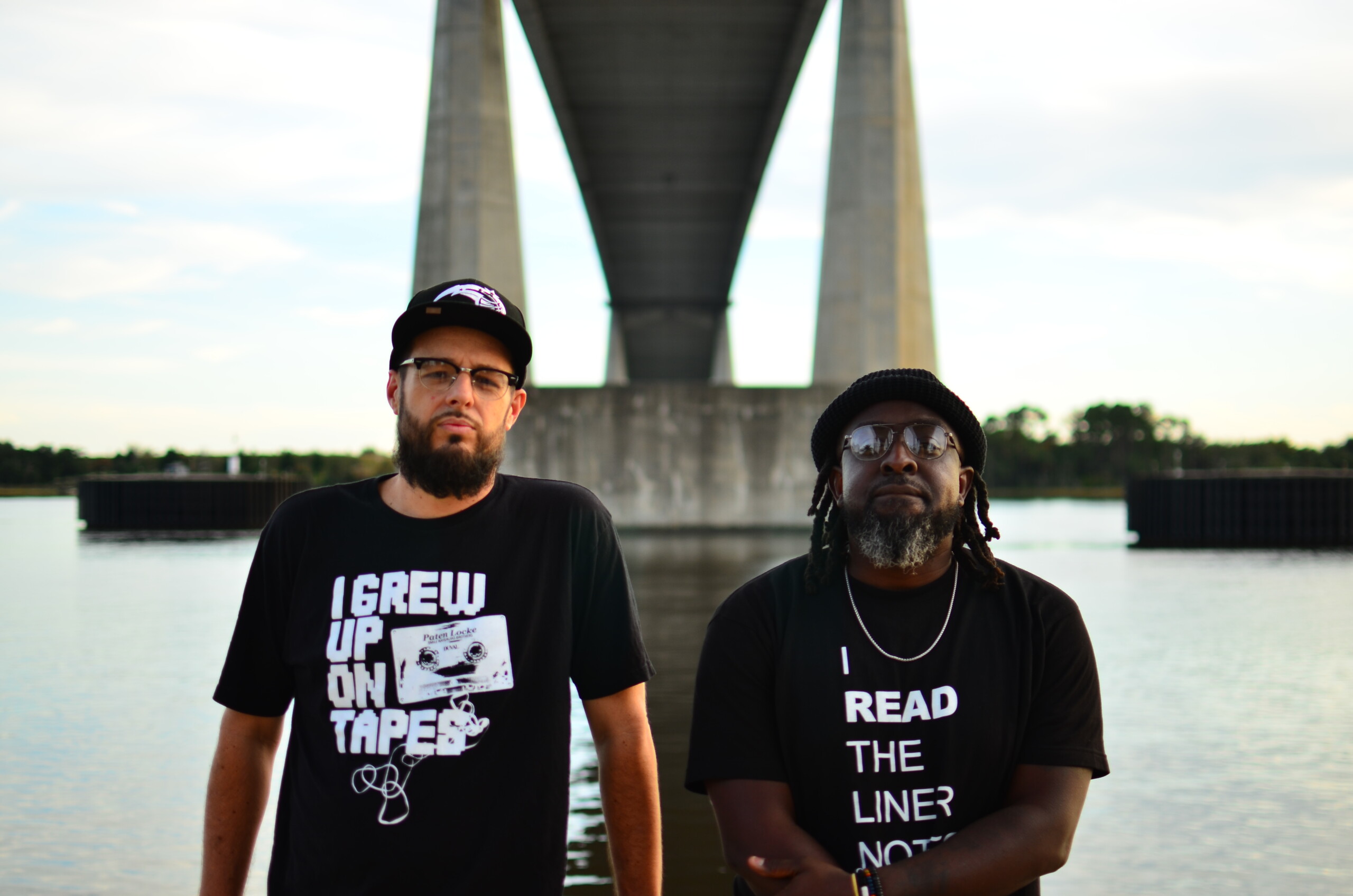
Mr. Al Pete and Notsucal Release Their Latest Collab, ‘G4.5’
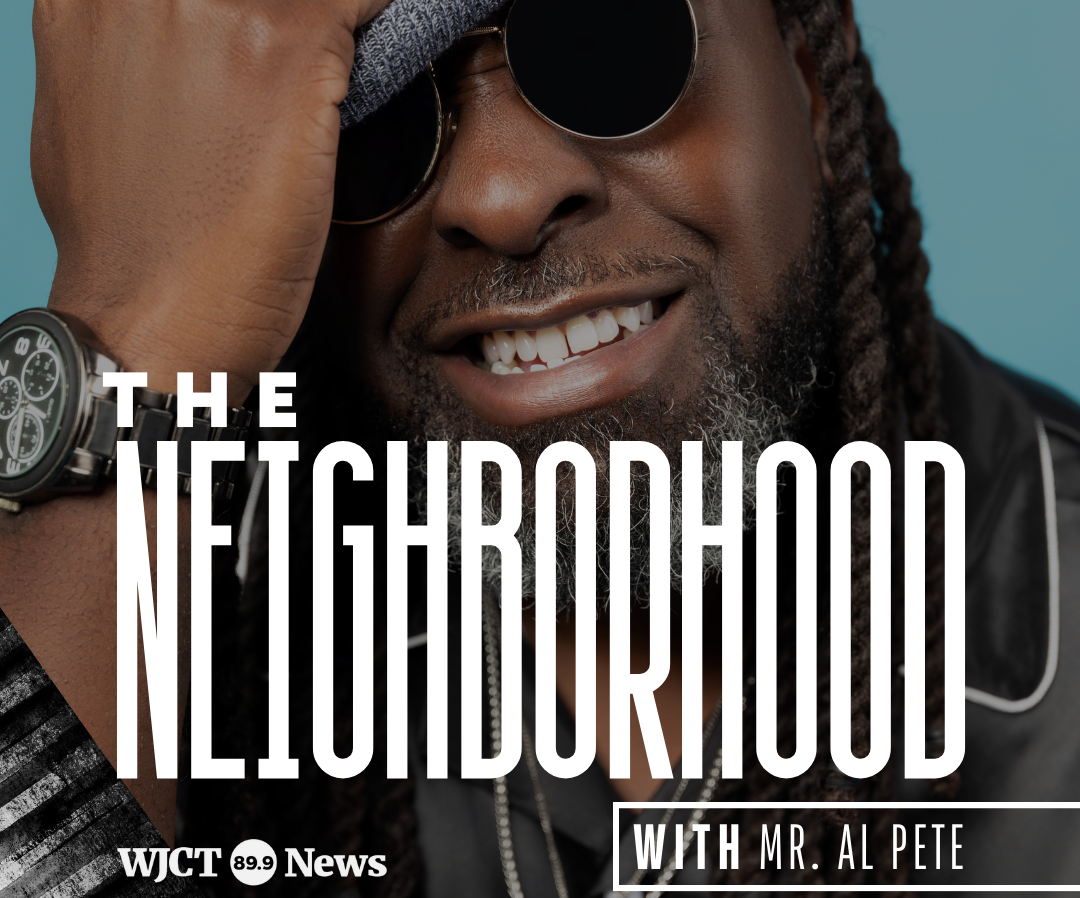
Dinner Party, Tom Misch and More from the Neighborhood with Mr. Al Pete

An Ultra-Chill Playlist from the Latest Episode of Electro Lounge
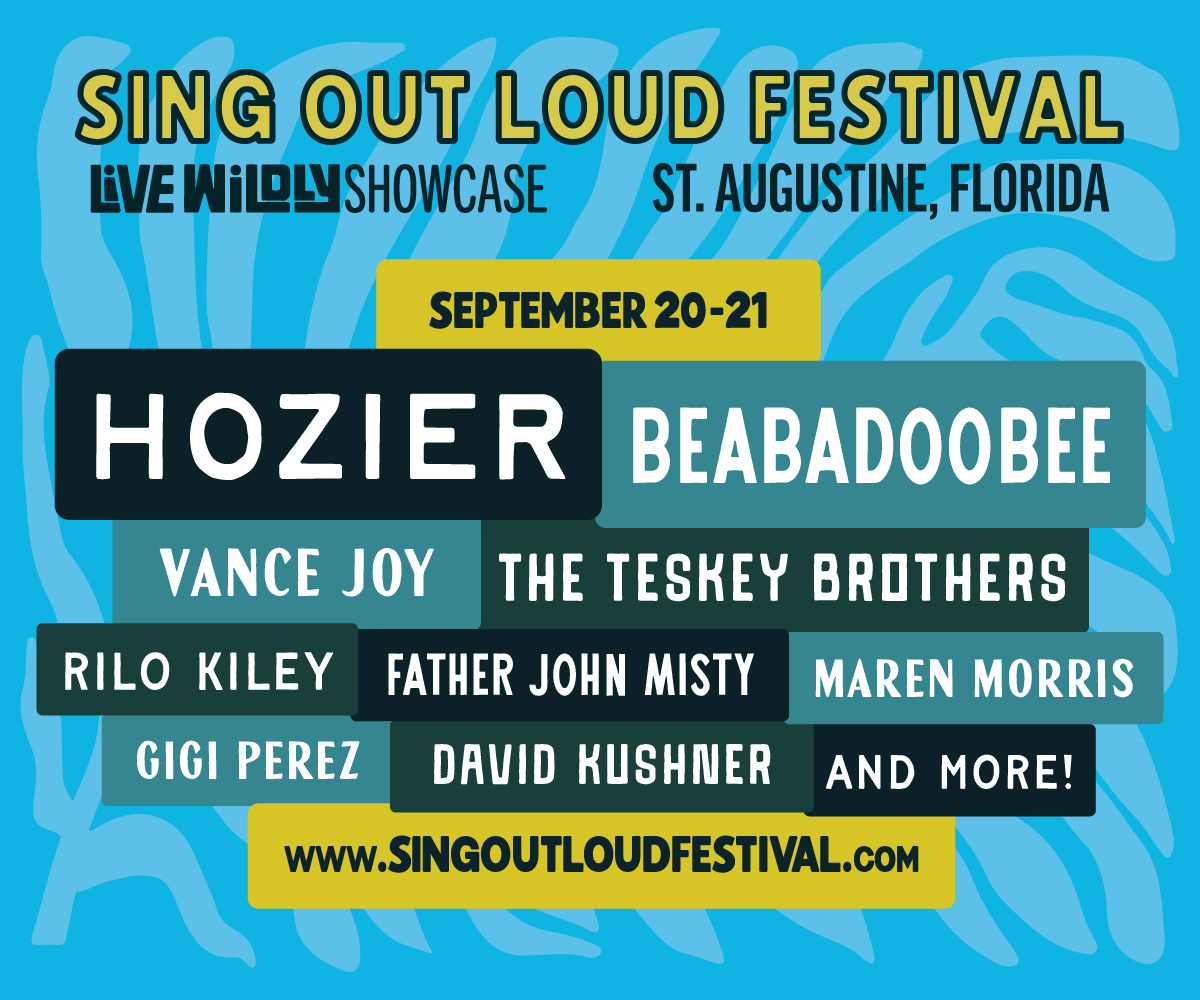
Sing Out Loud Festival Returns With Hozier, Beabadoobee, Father John Misty, Vance Joy and More
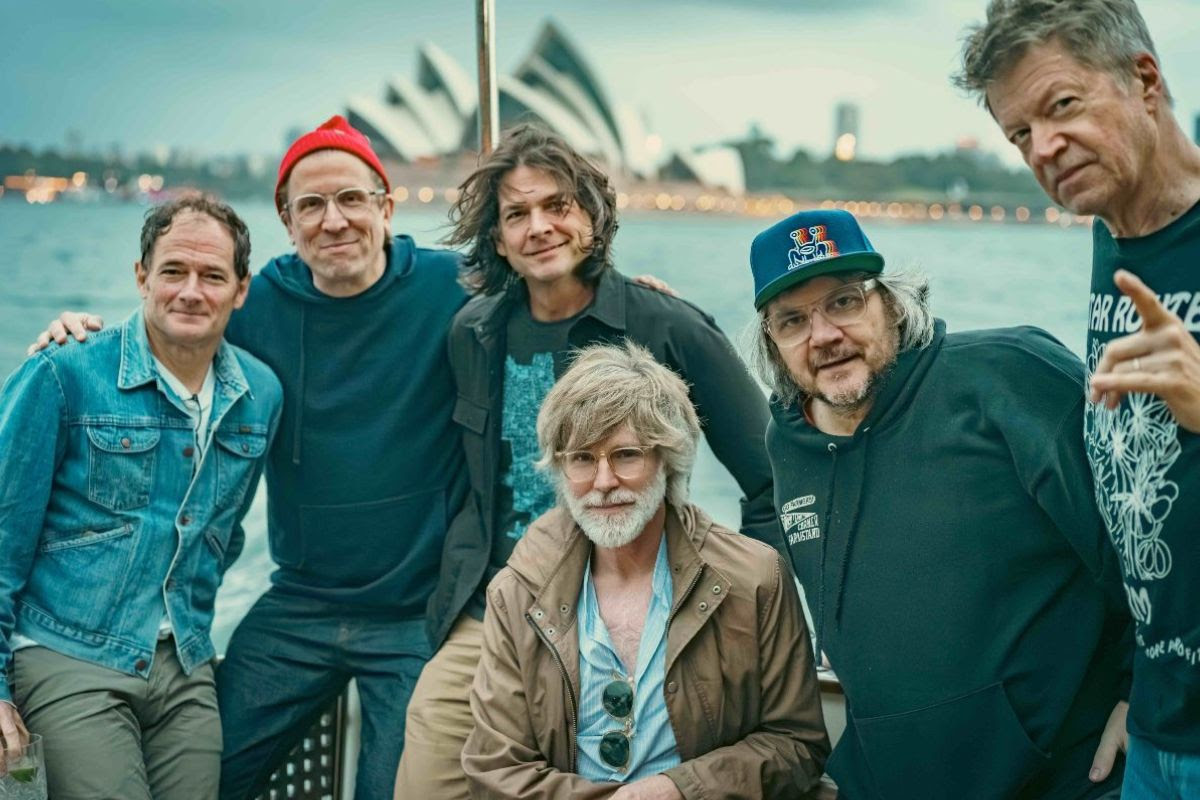
Chicago Alt-Country Faves Wilco Return to St. Augustine with Indie-Folk Great Waxahatchee

Looking for an Alternative to Spotify? Consider Hopping on the band(camp) Wagon
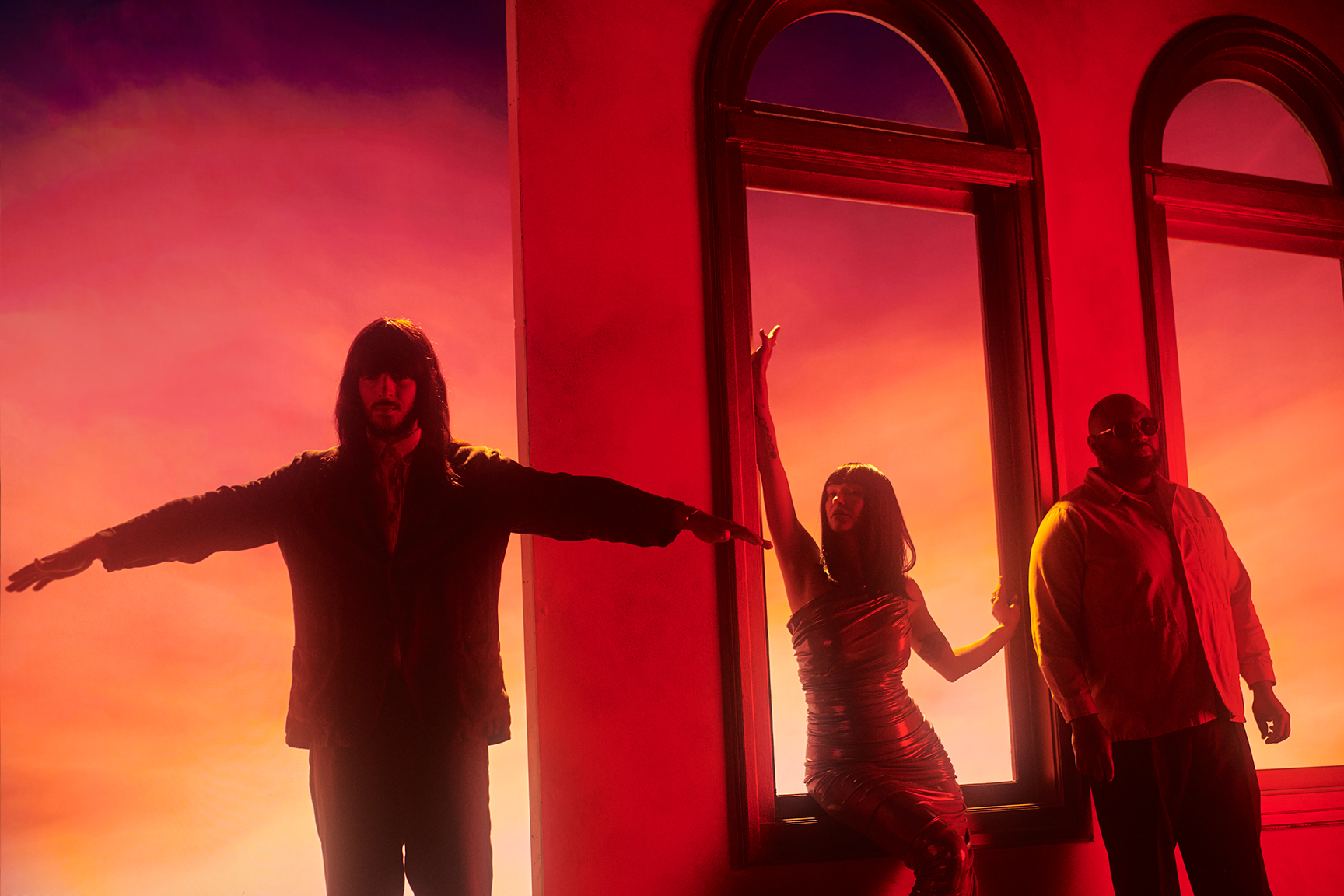
Khruangbin to Bring ‘A LA SALA’ Tour to St. Augustine in April

Perfume Genius, Flipturn, Tamino + Mitski and 6 New Songs to Stream
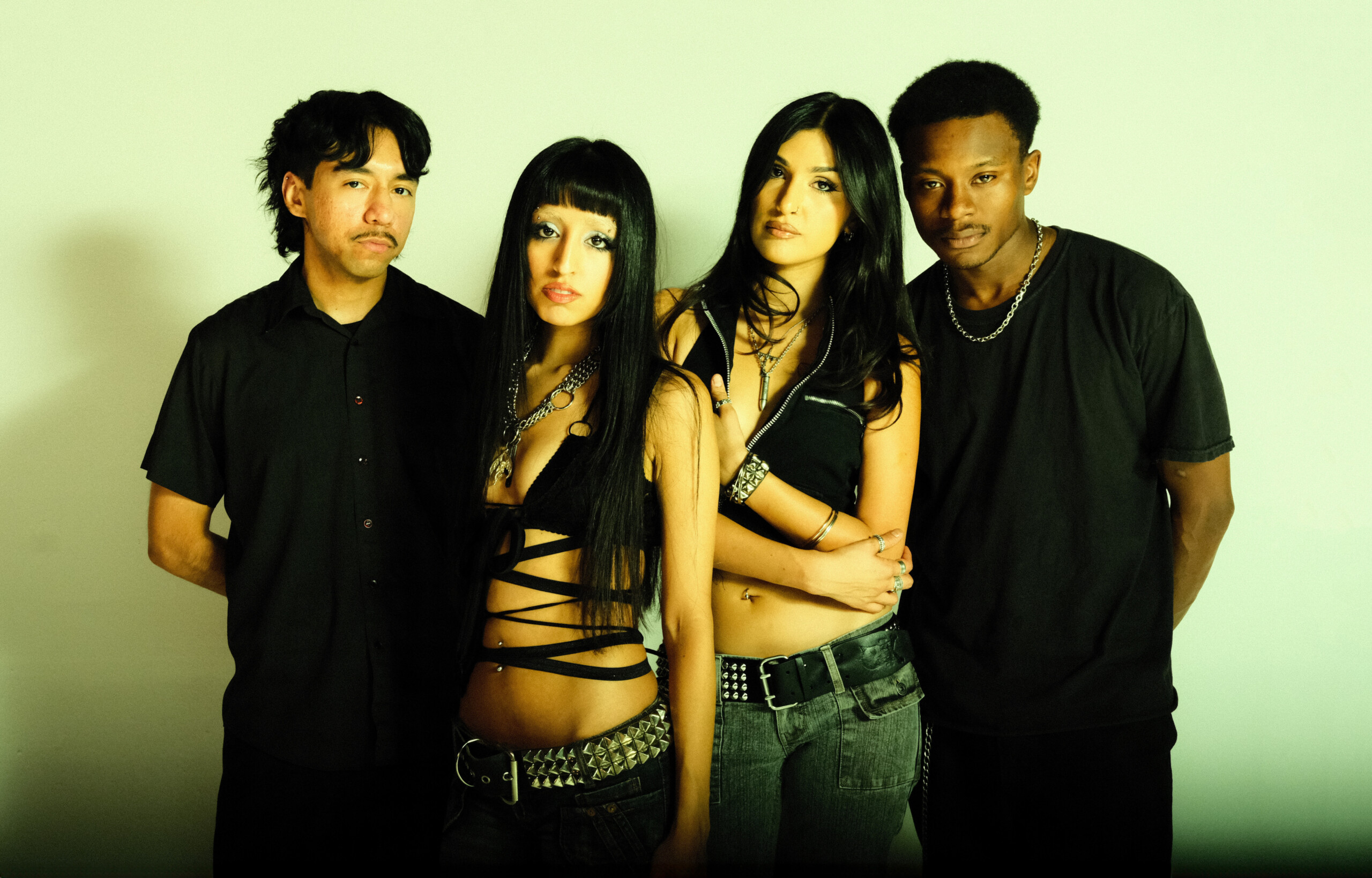
Song of the Day | “all tied up” by Glixen




